Fizz (28 page)
Authors: Tristan Donovan


Smash and grab: Irn-Bru's 2001 TV ad “Electric Lady.”
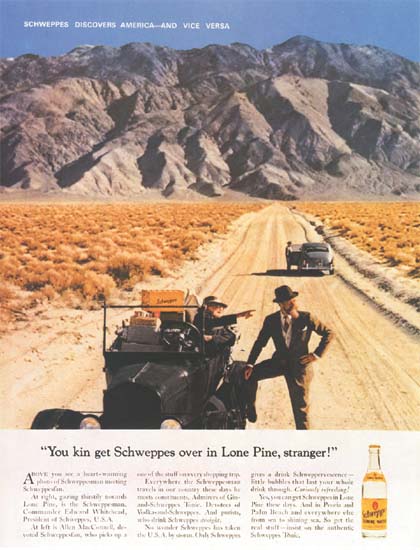
Few non-American sodas have made an impact in the United States, but Schweppes did, thanks in large part to its twenty-year advertising campaign starring British Royal Air Force wing commander Edward Whitehead.
Courtesy of the Dr Pepper Museum and Free Enterprise Institute
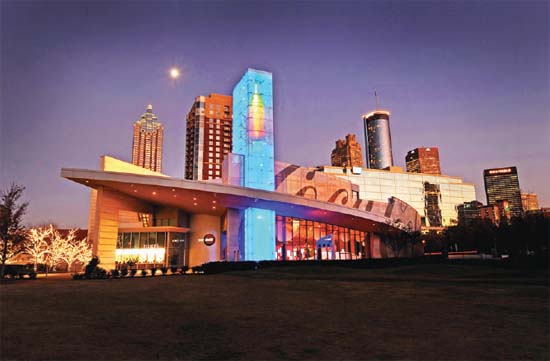
Coca-Cola's World of Coca-Cola, one o Atlanta's biggest visitor attractions.
Courtesy of the Coca-Cola Company
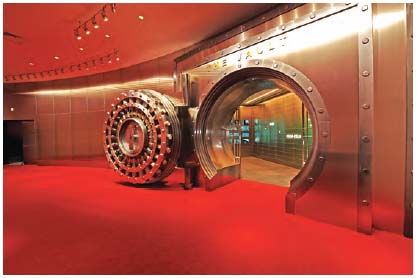
The “secret vault” exhibit in the World of Coca-Cola shows how the mystery of the drink's formula still captures the imagination today.
Courtesy of the CocaCola Company
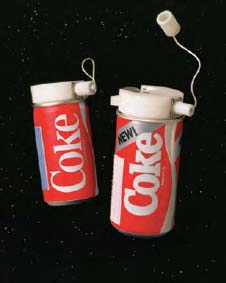
Boldly going where no soda has gone before: Coca-Cola's space can.
Courtesy of the Coca-Cola Company
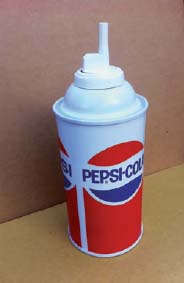
Pepsi gate-crashed Coca-Cola's attempt to become the first soda in space with its own zero-gravity can.
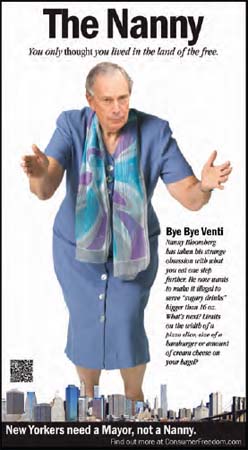
The fight over soda and obesity gets personal in this ad from the Center for Consumer Freedom criticizing New York mayor Michael Bloomberg's plan to restrict soda serving sizes.
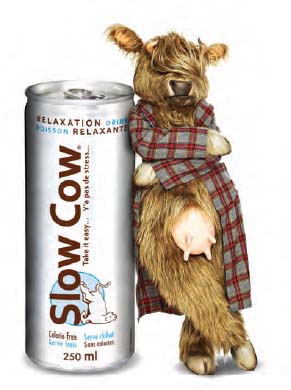
Slow Cow, Canada's chilled-out answer to the rise of energy drinks.

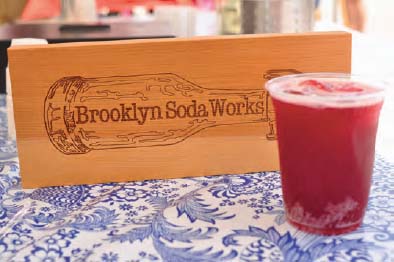
Antonio Ramos and Caroline Mak, the founders of Brooklyn Soda Worksâpart of the growing craft soda movement.
Portrait by Chantal Martineau

As the first shots rang out in the global cola war, back in America Pepsi was on its knees. Pepsi president Walter Mack's cunning Mexican syrup scam during World War II had saved the company from the ravages of wartime rationing, but its hopes of a peacetime recovery were fading fast.
The problem was inflation. After Japan surrendered in 1945, businesses and unions began pushing the federal government to drop wartime controls on prices and wages. Under pressure from all sides, Washington caved. But the sudden removal of these restrictions sent the country into an inflationary spiral. Within months prices and wages skyrocketed, and America felt the pinch of double-digit inflation. Pepsi and other soda companies watched in horror as the rising cost of materials and wages devoured their profits. Larger costs meant smaller profits. Smaller profits meant reduced marketing budgets. Reduced marketing budgets meant fewer sales. Fewer sales meant smaller profits. It was a feedback loop that threatened to drag soda companies into ruin.
For Moxie the spike in inflation was the final straw. The New England soda pop had been in decline for years, crippled by a series of business misjudgments. The advertising cutbacks it made in the 1920s handed the advantage to its competitors. Moxie's paranoia about soda fountains passing off cheaper imitation syrup as its own had caused it to shut itself off
from this lucrative market. The company's preference for opening its own bottling plants rather than adopting the franchising approach of Coca-Cola also limited its distribution reach. Moxie was also out of promotional ideas. Thirty years had passed since its eye-catching Horsemobiles with their model horses made their 1917 debut, but rather than finding new ways to drum up interest Moxie continued to flog its aging gasoline steeds. As rising costs bit deep, the company retreated to its New England heartland, disappearing bit by bit from stores and eventually sinking into obscurity as a dimly remembered regional soda catering to a dwindling fan base of diehard Moxie drinkers. That even its most loyal drinkers had to admit its licorice-like aftertaste took some getting used to didn't help either.
